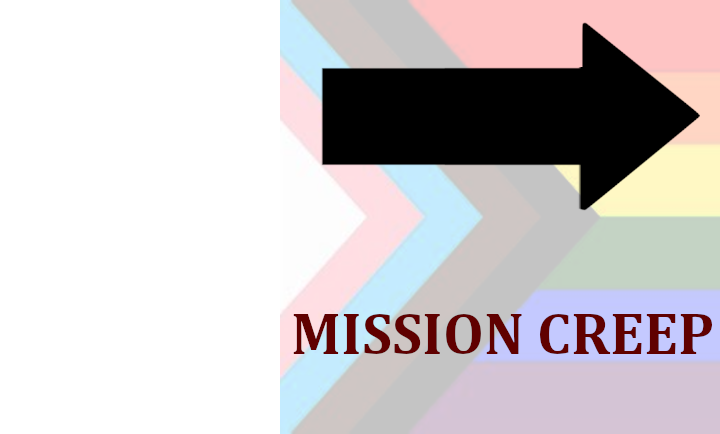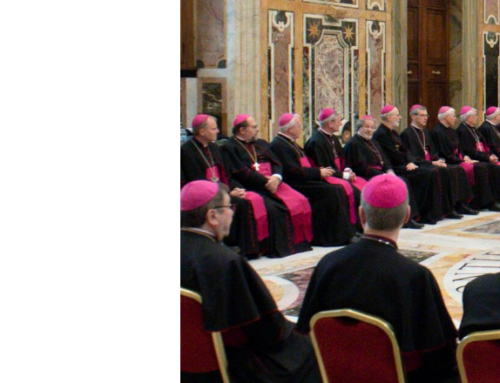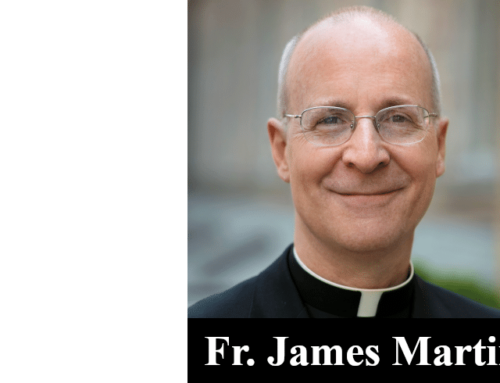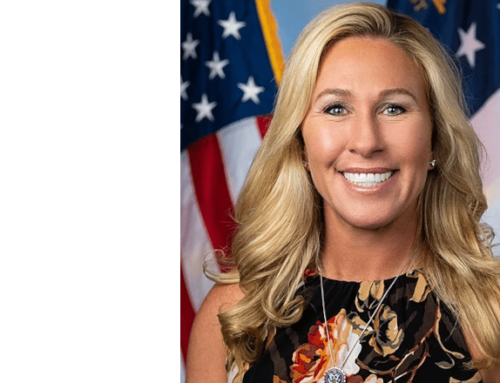What happens when an organization achieves its goal? It either folds or it develops a new one. The March of Dimes was founded to cure polio, and when the Salk vaccine proved effective, those who worked there could have declared victory and packed up their bags and left. But they didn’t. Instead, they chose a new mission: combating birth defects and infant mortality.
When it comes to civil rights organizations, this situation is much trickier.
Prejudice and discrimination exist in many quarters of America. People are still treated unfairly on the basis of race, ethnicity, religion, sex, age, disability, and the like, but in almost every instance there has been much progress. A related, though separate, issue is the perception of progress. It is entirely possible for people of one demographic group or another to feel they are still treated unfairly when objective measures prove otherwise.
The progress made by minorities and women—in every aspect of society—is undeniably impressive. So much so that organizations founded to protect their civil rights have often experienced mission creep. Flush with money, they find themselves treading into new territories, seeking to address the latest civil rights issue. It helps enormously when big bucks are involved.
A case in point is the discovery of LGBT rights by organizations that were never founded—even remotely—to deal with this issue. But the fact that they are spending so much more time addressing the gay and transgender agenda is a sign that they have made tremendous progress in achieving their original goal. But they will never admit it. Victim advocates need victims.
For a majority of these groups, their shift to LGBT issues began in the late 2000s and early 2010s. At this point, the issue of gay rights, particularly marriage equality, was beginning to become a major civil rights issue. Soon the issue of transgender rights took center stage.
The following organizations have drifted into the LGBT arena. They are listed chronological in terms of when they embraced gay and transgender rights.
NAACP Legal Defense Fund
Year founded: 1940
Original mission: To secure laws that advance racial equality.
First mention of LGBT advocacy: 1990s.
Actions taken: Starting in 1996, it filed amicus briefs in cases that affected the rights of lesbians and gay men. It later fought for marriage equality.
Leadership Conference on Civil and Human Rights
Year founded: 1950
Original mission: The Conference’s original mission was “grounded in commitment to social justice and the firm conviction that the struggle for civil rights would be won not by one group, but through coalition.” It focused mostly on civil rights for African Americans.
First mention of LGBT advocacy: 2003
Actions taken: Its first foray defending LGBT rights came in 2003 when it applauded the Supreme Court’s decision in Lawrence v. Texas, which offered new rights for gays and lesbians.
NAACP
Year founded: 1909
Original mission: To fight for racial equality.
First mention of LGBT advocacy: 2008
Actions taken: In 2008 the NAACP’s California state chapter opposed the state’s Proposition 8. It later defended marriage equality.
National Urban League
Year founded: 1910
Original mission: To fight for racial equality.
First mention of LGBT advocacy: 2009
Actions taken: Its first goal was to fight for the Hate Crimes Prevention Act.
ADL
Year founded: 1913
Original mission: To combat anti-Semitism.
First mention of LGBT advocacy: 2010
Actions taken: It filed an amicus brief in a marriage equality case.
National Women’s Law Center
Year founded: 1972
Original mission: To fight for the rights of women.
First mention of LGBT advocacy: 2012
Actions taken: In October 2012, it released a fact sheet on Title IX protections for LGBT and gender non-conforming students. It later became more active in combating discrimination.
The Ruth Bader Ginsburg Center for Liberty at the ACLU
Year founded: In 1972, Ruth Bader Ginsburg founded the Women’s Rights Project at the ACLU. In 2010, the Center for Liberty, which included the Women’s Rights Project, was established. In 2020, the Center was renamed the Ruth Bader Ginsburg Center for Liberty.
Original mission: To fight for women’s rights, principally abortion rights. It has since taken up the cause of gay and transgender people.
First mention of LGBT advocacy: 2015
Actions taken: To fight for passage of the Equality Act.
It is one thing for sister organizations to form coalitions; it is quite another when they engage in mission creep. But when there isn’t enough work for employees to do, they must find new avenues to explore. Add to this the lure of foundation money, and the temptation is irresistible.
One more thing. Notice none of these left-wing civil rights organizations ever experience mission creep by taking up the cause of anti-Catholicism. That is not a civil rights issue that exercises them.







